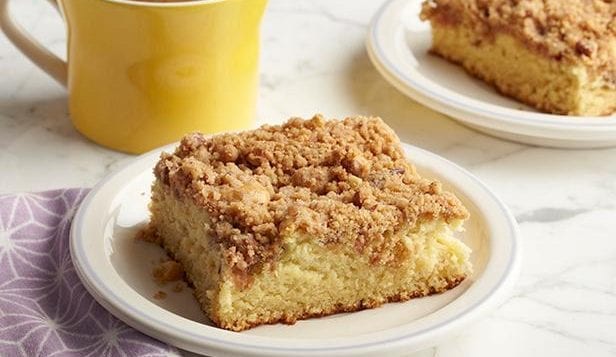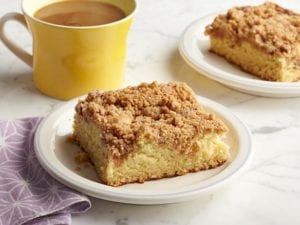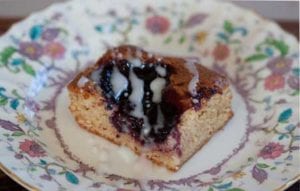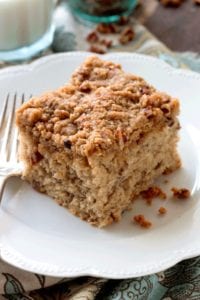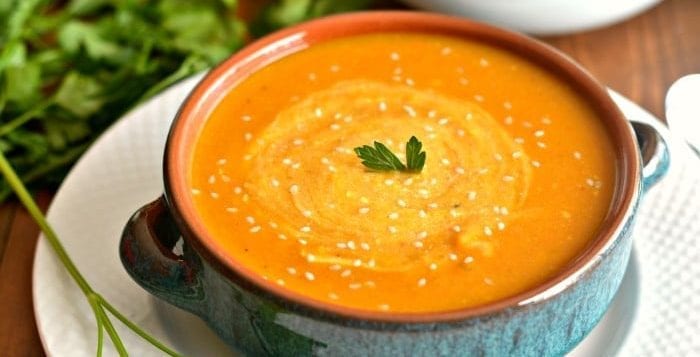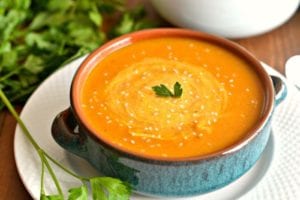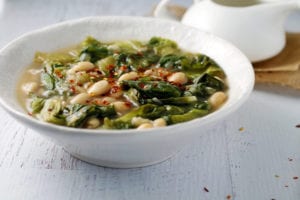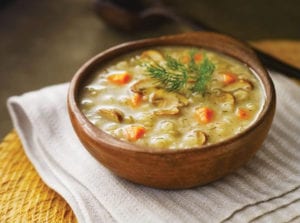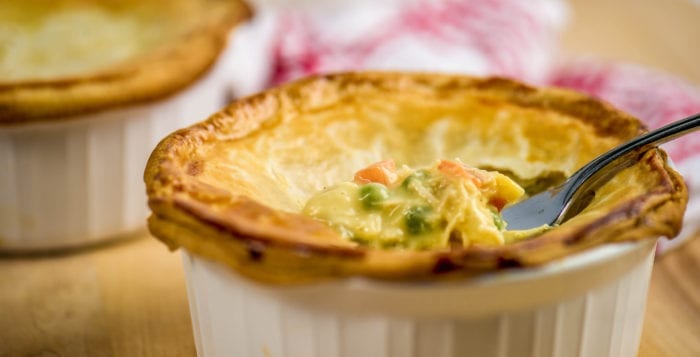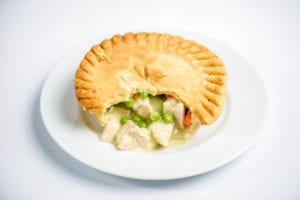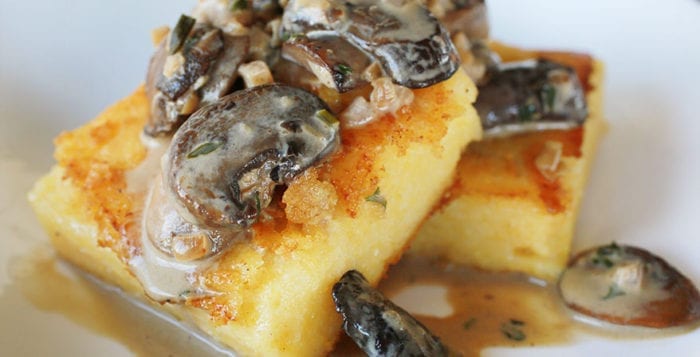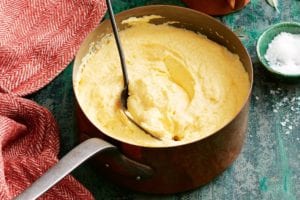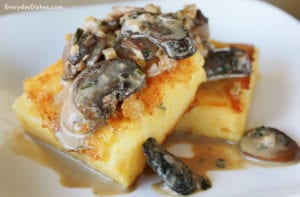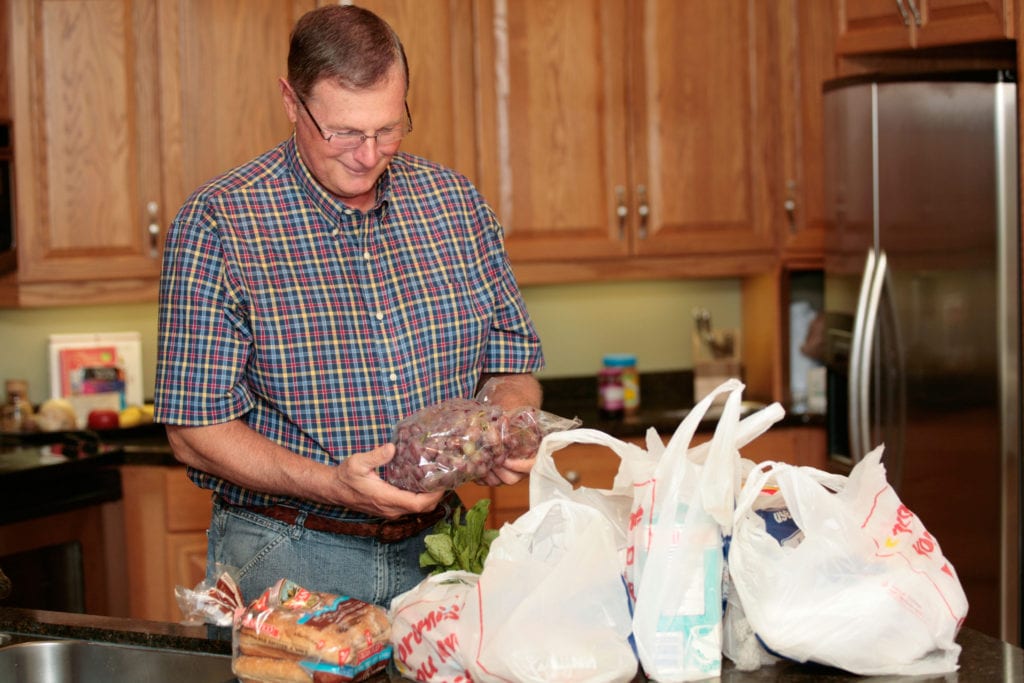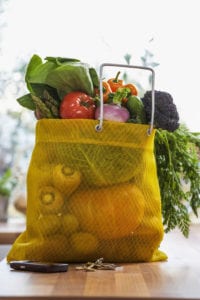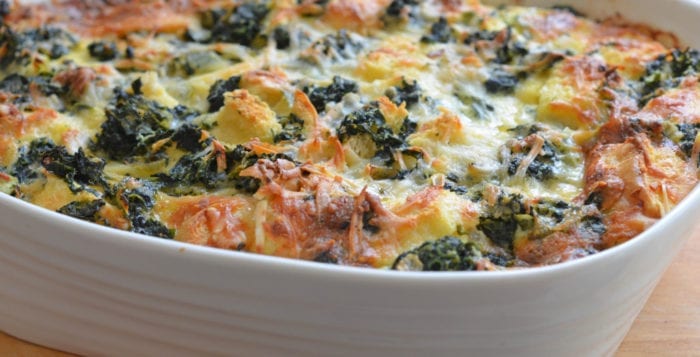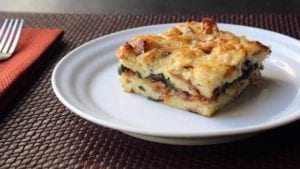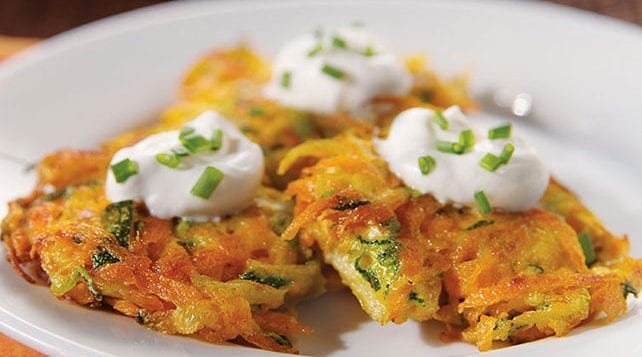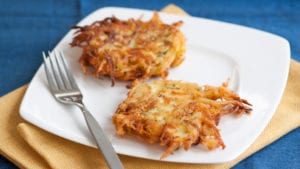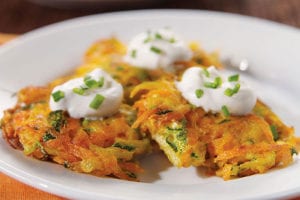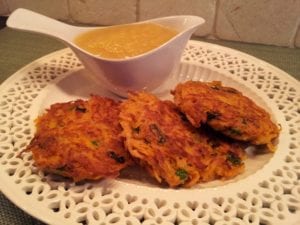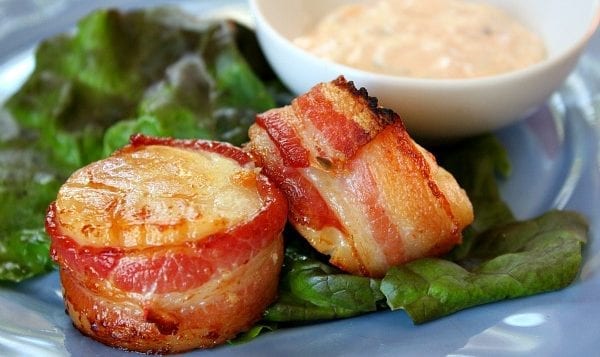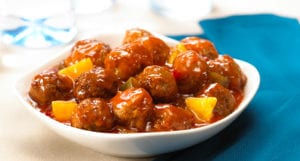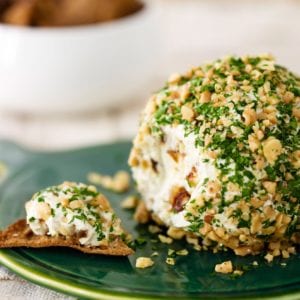By Bob Lipinski

Rum is an alcoholic beverage distilled from the fermented juice of sugarcane, sugarcane syrup, sugarcane molasses or other sugarcane byproducts. It is bottled at not less than 80 proof (except for flavored rum). Some rums are bottled at a staggering 151 proof.
More than 70 countries produce rum, although it is produced mainly in Caribbean, Central and South American countries.
Although rum is generally used as a mixer in cocktails such as piña colada, daiquiri, rum and cola, mojito, Long Island ice tea and others, there are many well-aged rums suitable for sipping without the fruit juices. If you enjoy sipping rum, my recommendations will most certainly satisfy your cravings.
Owney’s Rum (New York City), started in 2012: Clear color with hints of grass, citrus, mint, black pepper and clove. Dry and strong tasting with an aftertaste of molasses.
Puerto Angel Rum (Mexico): Just a hint of color; bouquet of coffee, chocolate, cinnamon, butterscotch, nutmeg and vanilla. Some bitterness, but smooth with “no bite.”
Brugal Añejo Extra Rum (Dominican Republic): Amber colored with a bouquet and flavor of citrus, molasses, cinnamon, grass and lime. Very complex smoky taste, almost of a fine brandy.
Don Q Gran Añejo Rum (Puerto Rico): Amber color with overtones of lemons, grass, toasted oak, citrus, burnt sugar, banana and butterscotch. It is aged in used sherry barrels.
Ron Abuelo 12-Year-Old Rum (Panama): Amber colored with a complex nose of caramel, nuts, toasted oak and molasses. Fruity with flavors of orange, heather honey, dark cherries, molasses and toasted nuts. Superb, smooth rum.
Bacardi Reserva Limitata (Puerto Rico): Amber colored with hints of citrus, honey, tobacco, vanilla and maple syrup. Full flavored with a long, pleasing, almost sugary aftertaste.
Pyrat XO Reserve Rum (Antigua): Amber colored. The rum smells like an orange liqueur with hints of nutmeg. Full flavor of candied orange peel, lemon, lime and butterscotch. Quite refined; fantastic served over ice.
Appleton Reserve Blend Rum (Jamaica): Amber colored with a bouquet of molasses, burnt butter, nuts, clove, allspice, mace and oil of bergamot. Dry with a pleasing smoky, burnt-wood aftertaste. One of the finest Appleton rums I’ve tasted.
El Dorado 12-Year-Old Demerara Rum (Guyana): Amber colored with a bouquet of allspice, black pepper, caramel and toasted marshmallows. Flavors explode in the mouth with sugarcane, oranges, dates, prunes, orange peel and toasted nuts. Very well made and so delicious.
Diplomatico Reserva Exclusiva Rum (Venezuela): Dark amber colored with a refined bouquet of citrus, toasted vanilla, nuts, prunes, toffee and orange zest. Flavors of orange, toffee, maple syrup and honey. The rum is aged in used PX sherry barrels, which accounts for the fruitiness in the mouth. Superb!
Fun fact: The Andrews Sisters, a famous female singing group, recorded the song, “Rum & Coca-Cola” on Oct. 18, 1944, for Decca Records.
Bob Lipinski, a local author, has written 10 books, including “101: Everything You Need to Know About Gin, Vodka, Rum & Tequila” and “Italian Wine & Cheese Made Simple” (available on Amazon.com). He conducts training seminars on wine, spirits and food and is available for speaking engagements. He can be reached at www.boblipinski.com OR [email protected].


